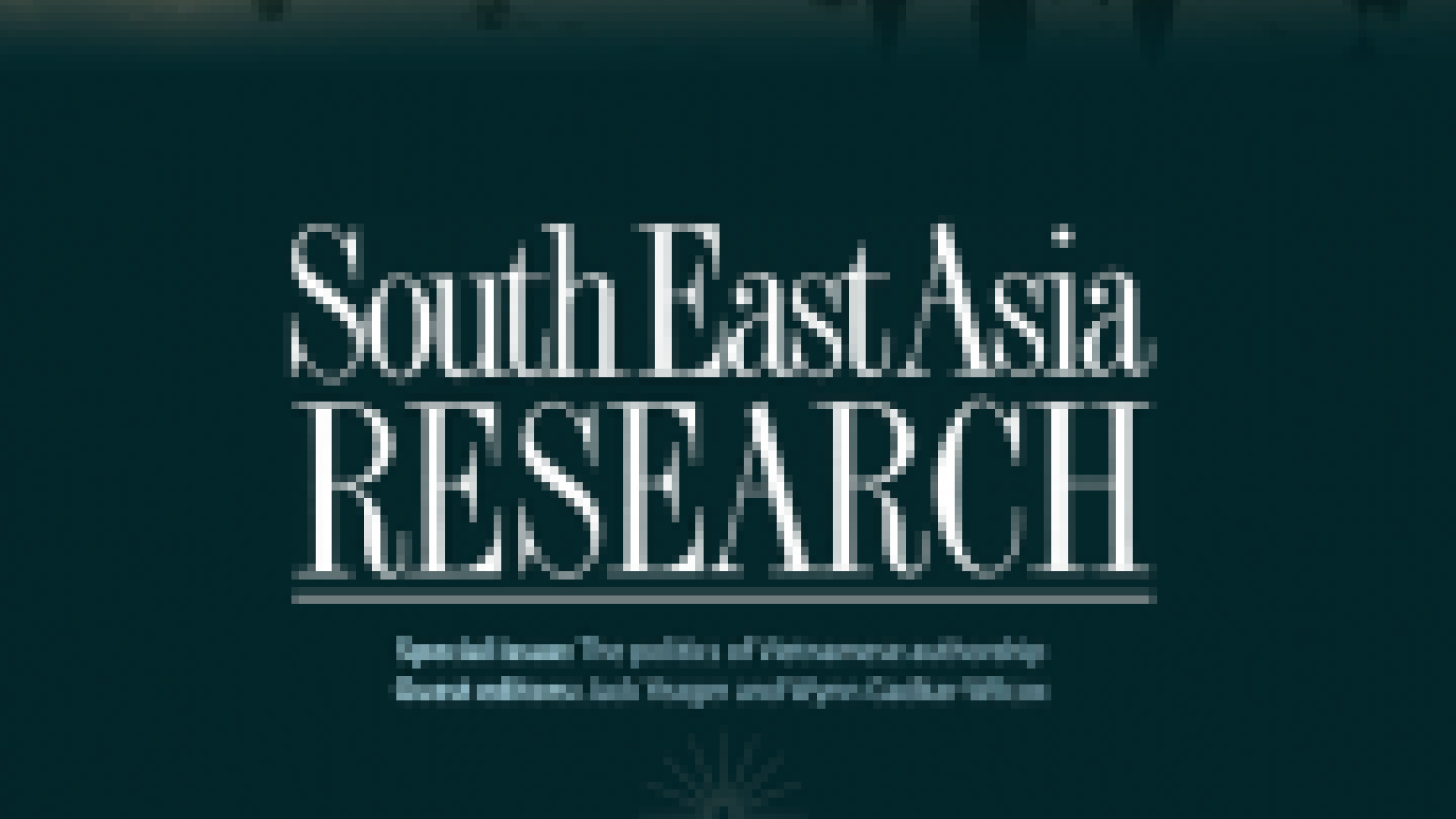South East Asia Research Special Issue: Myanmar's Democratization: Comparative and South East Asian Perspectives

Author(s)/Editor(s): Edward Aspinall , Nicholas Farrelly, Nick Cheesman , Marcus Mietzner,
Date of publications: 2014
Publication type: Article
Publisher: SAGE journals
Find this publication at: South East Asia Research
This special issue of South East Asia Research focuses on one of the most important – but also perplexing – political changes in the region of recent years: the process of political liberalization and democratization that has developed new momentum since 2010 in Myanmar (Burma). In that year, the military regime’s party, the Union Solidarity and Development Party, won a general election handsomely. But it did so in a manner that was heavily manipulated and that thus seemed to portend, at best, a slight adjustment in the generals’ ruling formula. However, the appointment of former General Thein Sein as President marked a decisive turning point. With a speed and decisiveness that took observers by surprise, he initiated a series of political reforms seemingly aimed at bringing an end to entrenched direct military rule. A host of dizzying developments has followed: the liberalization of the press; the release of political prisoners; the enlivenment of debate in the parliament; and Myanmar’s rehabilitation on the international stage. Arguably most significantly of all, Aung San Syu Kyi’s National League for Democracy (NLD) has gone from being a persecuted political movement to looking increasingly like a government-in-waiting, having won 43 of the 44 seats it contested in by-elections in April 2012. Aung San Suu Kyi now sits in the Union Assembly [Pyidaungsu Hluttaw] alongside former generals, ethnic rebels and socialist cadres. Together they are eyeing the planned 2015 election and wondering whether, after almost five decades of sustained military rule, further democratic consolidation is possible.